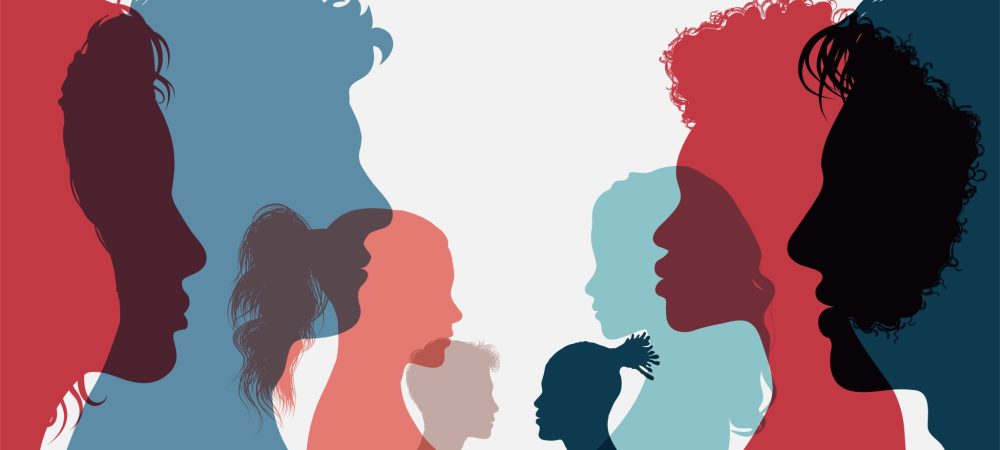GLOBSEC introduces its Gender Equality Plan for the next three years reflecting its commitment to equality, diversity, and inclusion, recognising them as fundamental values of the organisation. We believe that bringing together people with differences in cultural and ethnic backgrounds, beliefs, gender identities, and sexual orientations creates a rich working environment that includes different perspectives and lived experiences.
Embedding inclusive research and communication practices are not just ‘the right thing to do’. Ensuring that workplace equality and diversity are respected has many benefits, including a better and safer working environment and improving the organisation’s capacity to attract and retain talent. But as an organisation that has a responsibility to create a more stable, prosperous, and sustainable world, we believe it is equally important to promote our commitment to equality and diversity not just within our offices but also throughout our external work.
It is GLOBSEC’s mission to influence the future by generating new ideas and solutions for a better and safer world. We believe we can change the world by conducting world-class research and putting together the right stakeholders at the right time for a free exchange of ideas.
This commitment to equality and diversity stems from GLOBSEC’s goal to create a larger community in which everyone, regardless of age, gender, sexual orientation, race, or class, is respected and integrated. By upholding our values and creating an environment in which everyone feels free to transmit their perspective, we can improve our research and our open dialogue with our stakeholders, and therefore ensure that we come up with inclusive ideas and solutions.
With this mission in mind, we set out this Gender Plan, which will set the roadmap to ensure that we live up to our promise in the next three years. This Plan has been devised after a thorough analysis of the current situation and sets clear goals that pursue improvement in our organisation. It takes an intersectional approach, recognising the multiple ways women, men and non-binary people can be subject to discrimination. We consider how gender intersects with and is impacted by other systems of power and their relation to characteristics such as ethnicity, race, age, social class, religion, disability and sexual orientation. While the principal focus of this Plan is to consider gender inequality, we recognise that understanding gender in isolation from other systems of power will yield incomplete and ineffective results.
Learn more about the plan in the PDF below.

